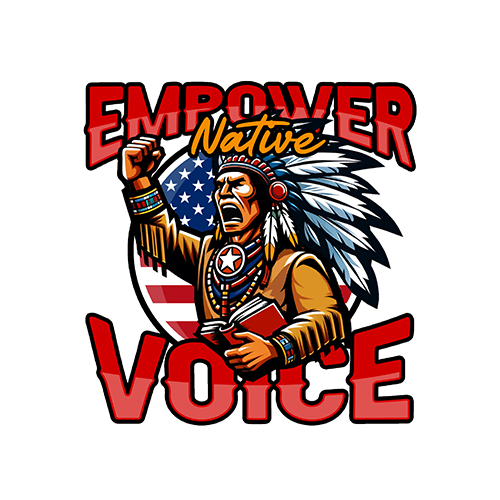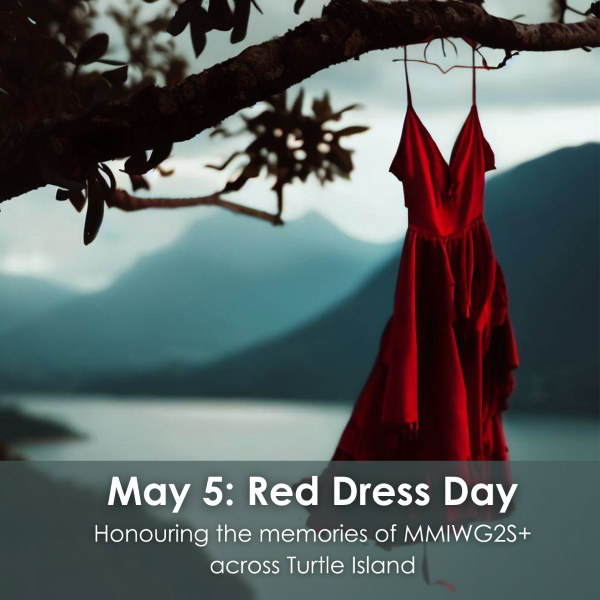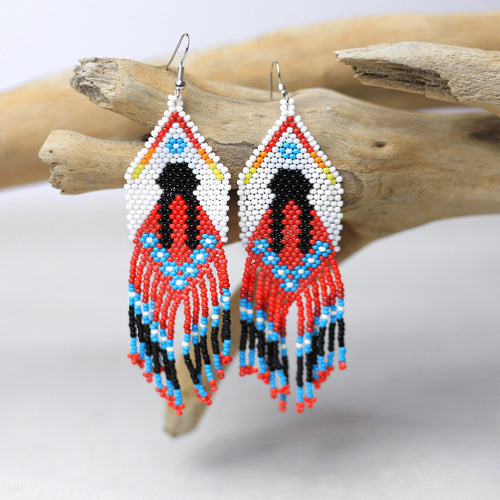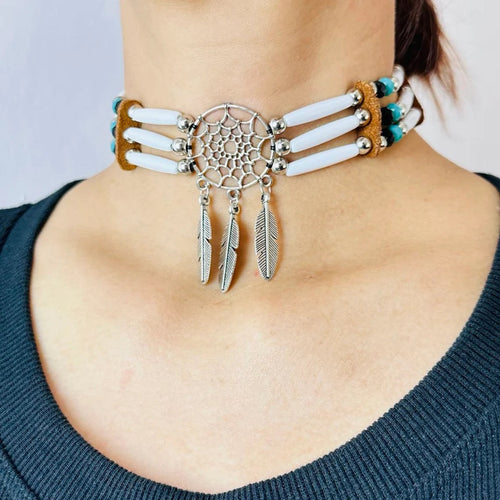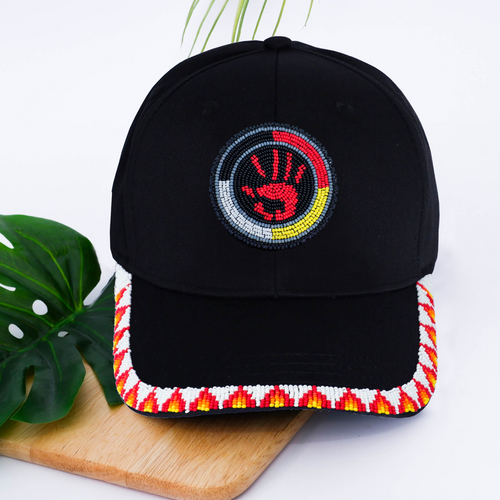Native American women are murdered and sexually assaulted at rates as high as 10 times the average in certain counties in the United States—crimes overwhelmingly committed by individuals outside the Native American community. These crimes are particularly likely in remote settings where transient workers - oil workers, for example - live in temporary housing units called “man camps” on and near Tribal lands. Their crimes fall between jurisdictional cracks, leaving victims and their families without recourse. As Nick Martin summarized, these are “Patterns of violent men and extractive industries breezing through land they do not own to take lives that do not belong to them. Patterns of Tribal sovereignty being undermined and jurisdictional borders being crossed. Patterns of police dismissing concerned mothers and fathers and aunties and grandparents with the excuse that ‘runaways always come back.’ Patterns of coroners dodging paperwork and scrawling ‘other’ next to the line titled ‘Race’ and ‘accidental death’ next to ‘C.O.D.’ Patterns of government officials, top to bottom, ignoring practical, sovereignty-first reforms and instead hoarding the kind of power that keeps the crisis alive.
The Hashtag & Grassroots Responses
In response to this epidemic of violence, the Murdered and Missing Indigenous Women (#MMIW) movement is finally drawing much-needed attention from law enforcement, legislators, and the general public. Grassroots efforts of First Nations women and families in Canada first compelled the Canadian government to initiate a national inquiry in December 2015. Similar groups later achieved the same in the U.S. And it has been the #MMIW hashtag in social media, begun by Sheila North Wilson, former Grand Chief of Manitoba Keewatinowi Okimakanak Inc., that helped propel local and regional activism to a transnational scale.
In the middle of Canadian government’s inquiry, #MMIW and #MMIWG tweets produced 55,400 unique users and 156.1 million impressions. Now, according to a Union Metrics Twitter Snapshot Report, #MMIW tweets can generate several hundred thousand impressions every 4 hours. Most of these tweets use the hashtag to call attention to their own missing loved one, to blanket local and regional networks with time-sensitive information; to share information about police and FBI response to family’s requests for help; or to respond to both specific MMIW cases and general MMIW education and awareness campaigns (e.g., Drag the Red and #NotInvisible). In short, the hashtag is mobilizing advocacy across Indian Country.
One such advocacy group is MMIW-Texas, created in the Winter of 2018 by Jodi Voice Yellowfish (Oglala Lakota, Muscogee Creek, and Cherokee) with her sister, Snowy Voice. MMIW-TX addresses the unique circumstances of vulnerable native women in a region where several nations have claimed sovereignty since the 16th century. The Voice sisters aim to build MMIW-TX in a way that is sensitive to this history, with a focus on education, on creating a safe community aligned “against predatory behavior and lateral violence”, and on expanding the resources available to victims and families over their lifetimes.
Over just a few months in 2017, Jody Voice went from collecting names for a small, local vigil, to being invited to lead off the Dallas Women’s March as MMIW-TX and raising the visibility of MMIW to communities across Texas. Voice was already an Indigenous rights advocate and American Indian Heritage Day (Texas) Ambassador when she volunteered to help with that first vigil. But she credits Dallas’ 2018 Heritage Day Celebration for igniting the MMIW movement locally.
MMIW-TX is now an established program within the American Indian Heritage Day of Texas, identifying resources, helping victims and families, and offering workshops on self-defense and internet safety. Voice emphasizes safety, awareness, and inclusivity, and says that MMIW-TX is using its second year to “hone their message.” Facebook and the hashtag movement are still a “main avenue” for sharing information about missing and victimized women and girls.
And Voice hopes to expand from there, ensuring MMIW-Tx is a trusted resource not only for Texas’ three reservation communities, but for its thousands of urban and non-affiliated Native Americans. “We’re not just dealing with jurisdictional issues here,” says Voice, referring to the deadly gap in oversight plaguing women in reservation communities. “Our community is spread out… urban but not dense.” And this too makes Indigenous women invisible, their vulnerability unrecognized.
Recognizing the Problem
U.S. federal attention to the MMIW crisis first seemed to improve when the 2016 NIJ Research Report on Violence Against American Indian/Alaska Native Women and Men was published. That report was based on 1,542 phone surveys completed in 2010, and found that more than 84% of American Indian/Alaska Native women (1.5 million people) experience violence in their lifetimes, 67% were concerned for their own safety, and 41% had been physically injured from physical violence by intimate partners, stalking, and sexual violence.
Then in 2018, the Seattle-based Urban Indian Health Institute (UIHI) completed its landmark survey, reporting 5,712 missing Alaska Native and American Indian women and girls, only 116 of whom were registered in the Department of Justice database. Using data from 71 urban cities, the UIHI report exposed the tremendous scale of this problem: thousands of Indigenous women who’d gone unrecognized, ignored, and unprotected.
With these publications, it became clear that not only was there an invisible epidemic, but that active neglect, discrimination, and apathy had kept it hidden. A February 2018 policy brief by the National Congress of American Indians explained how the NIJ report (and several census-based reports) was dependent on faulty Department of Justice databases. By September of 2019, BIA Deputy Bureau Director Addington testified that his office had not compiled data on missing persons or domestic violence statistics. In other words, Tribal affiliation data were left out of these national databases.
The alarming statistics are now becoming widely known. AI/AN are 2.5 times more likely to experience violent crimes, 2 times more likely to experience rape/sexual assault. Data gaps and conflicts over jurisdiction are a large part of the problem, since Federal, state, Tribal and local governments share responsibilities in many of these cases, "These data gaps impact how law enforcement officials handle or follow up on cases. Underreporting, racial misclassification, potential gender or racial bias, and a lack of law enforcement resources required to follow through and close out cases appropriately, are just some of the challenges faced when working on MMIP cases."
U.S. Government Responses
A new partnership between the Department of Justice (DOJ) and the Bureau of Indian Affairs (BIA) will address data management and tracking in these agencies, aiming to improve not only tracking, but also budgeting and educational efforts specific to MMIW in both Tribal and non-tribal offices. Traditionally, the BIA’s Office of Justice Services collects monthly crime statistics from both Tribal and BIA law enforcement programs, but this did not track missing persons or domestic violence statistics. The new BIA partnership with DOJ’s National Missing and Unidentified Persons System (NamUs) went live with its new data collection strategies in late February 2019.
Legislative responses are also under consideration. The 1994 Violence Against Women Act, which had largely failed to protect Native women, was reauthorized in 2013 to give Tribes jurisdiction over domestic-violence cases committed against Native Americans on Tribal lands. This meant Tribal courts could prosecute non-Native suspects in domestic-violence cases. But a new provision proposed in the 2019 reauthorization would have closed “the boyfriend loophole” even further by extending Tribal jurisdiction to include perpetrators of sexual violence and stalking. That reauthorization failed in the Senate last April, over largely Republican and National Rifle Association opposition to provisions barring stalkers and abusive partners from buying guns.
A bill to address the data collection gaps, nicknamed Savannah’s Act (named for Savannah LaFontaine-Greywind who was abducted and killed in North Dakota) and targeting DOJ/Tribal coordination in reporting, failed to pass the House last year, but is again under consideration in both the House of Representatives (H.R.2733) and the Senate (S.227) for 2020. And a third piece of legislation, the Not Invisible Act (H.R.2438, S.982) would create a joint commission between the DOI and DOJ to promote coordination with an ongoing advisory body. Finally, in November, the president signed an executive order establishing his own task force to address MMIW - Operation Lady Justice. Representatives of Indigenous communities attending that signing expressed support for the task force, but others consider the effort underfunded and without Tribal representation.
State level legislative responses have also emerged, such as in Washington, Arizona, Montana, North Dakota, and South Dakota, and task forces have been created in many more states.
What Else Is Needed?
Legislative reform to support Tribal law enforcement and governments is critical to resolving the MMIW crisis. Failure to pass pending legislation in 2020 would represent a failure of the many MMIW task forces to capitalize on this recent momentum.
Meanwhile, grassroots Indigenous groups (like the Voice sisters’ MMIW-Texas), which keep up pressure on legislators to achieve remedies, remain fueled by the #MMIW hashtag and community support. Native American leaders are also building and maintaining community databases, running book groups and youth initiatives, holding red dress exhibitions, and taking action on social media, marches, and in vigils. These urgent actions should be at their peak in advance of May 5, 2020 National Day of Awareness for Missing and Murdered Native Women and Girls. There are many ways to participate.
By Carolyn Smith-Morris
